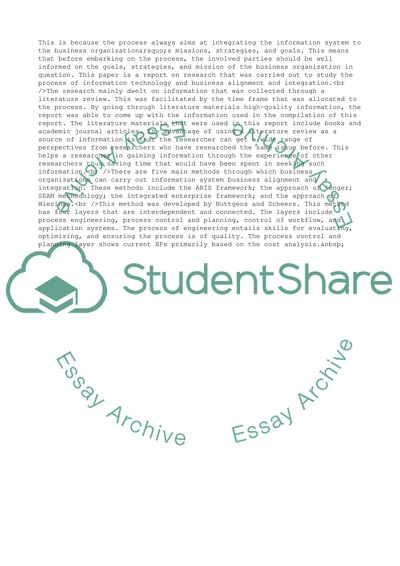Cite this document
(Strategic Management of Information Systems Essay Example | Topics and Well Written Essays - 1500 words, n.d.)
Strategic Management of Information Systems Essay Example | Topics and Well Written Essays - 1500 words. https://studentshare.org/management/1813515-strategic-management-of-information-systems
Strategic Management of Information Systems Essay Example | Topics and Well Written Essays - 1500 words. https://studentshare.org/management/1813515-strategic-management-of-information-systems
(Strategic Management of Information Systems Essay Example | Topics and Well Written Essays - 1500 Words)
Strategic Management of Information Systems Essay Example | Topics and Well Written Essays - 1500 Words. https://studentshare.org/management/1813515-strategic-management-of-information-systems.
Strategic Management of Information Systems Essay Example | Topics and Well Written Essays - 1500 Words. https://studentshare.org/management/1813515-strategic-management-of-information-systems.
“Strategic Management of Information Systems Essay Example | Topics and Well Written Essays - 1500 Words”. https://studentshare.org/management/1813515-strategic-management-of-information-systems.


